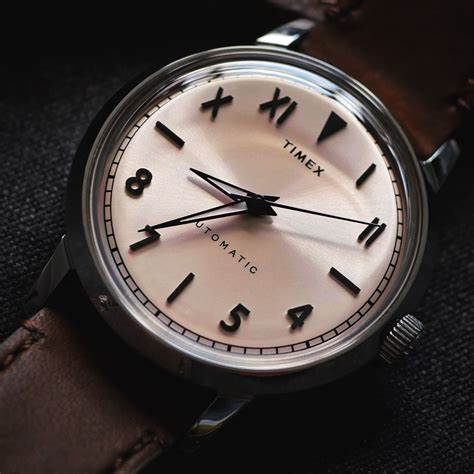1854: Timex’s story begins when the Waterbury Clock Company was founded in Waterbury, Connecticut — known as the “Switzerland of America” for its clockmaking industry.
They made affordable clocks during a time when timepieces were luxury items.
Early Developments:
The Yankee watch became wildly popular — it’s said that Mark Twain even carried one.
Late 1800s: The company became known for making sturdy, inexpensive pocket watches — including partnerships with brands like Ingersoll (the famous “$1 watch” called the Yankee).
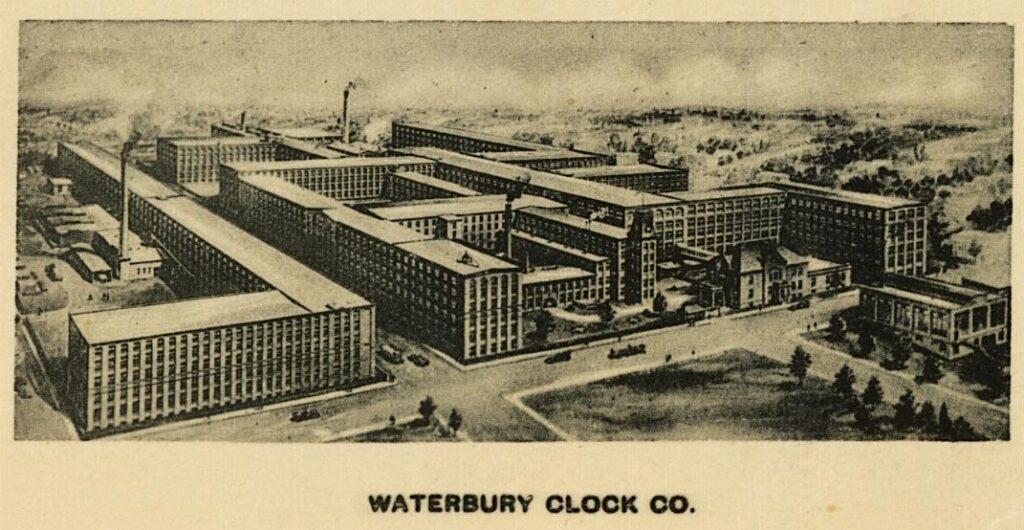
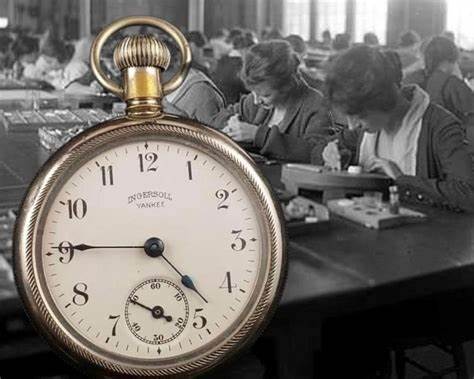
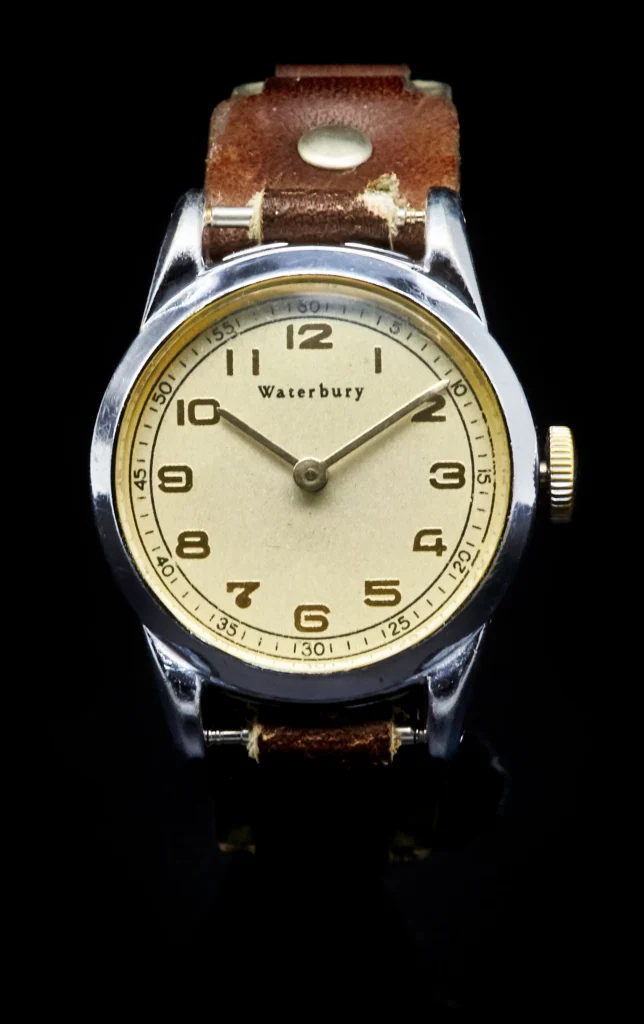
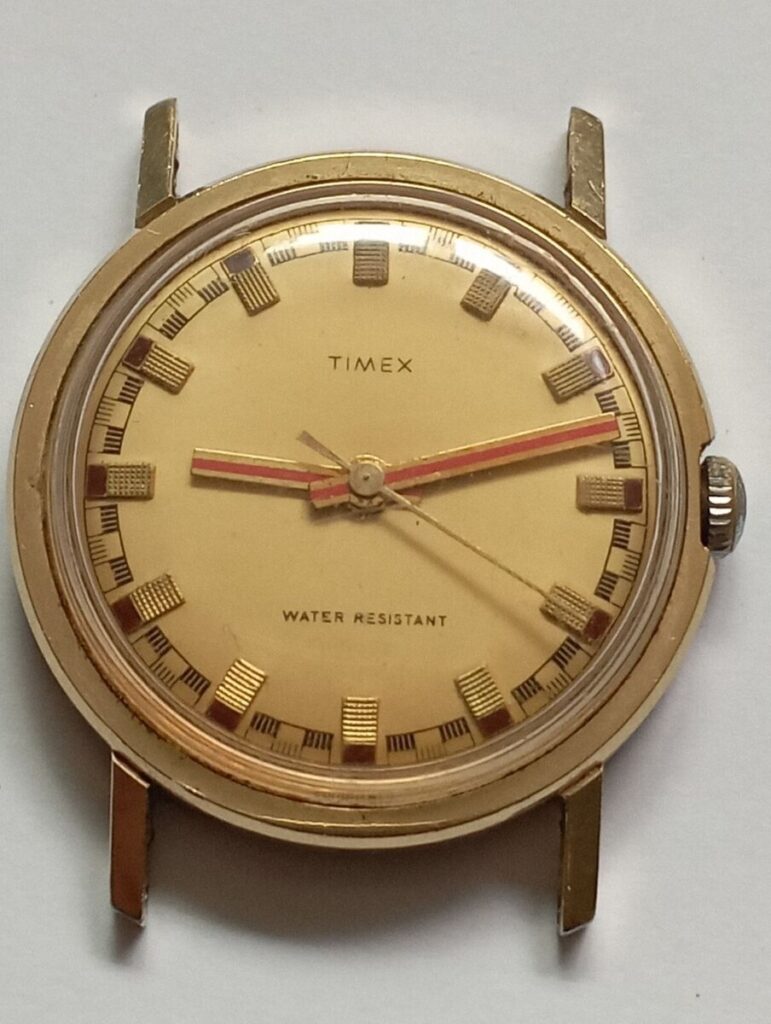
World War I Era:
1914–1918: As soldiers needed to check time quickly, Waterbury adapted pocket watches into wristwatches, adding straps and wire lugs.
Challenges and Reinvention:
In the 1940s, they rebranded as U.S. Time Corporation and pivoted into making military watches and bomb fuses during World War II.
After the Great Depression, Waterbury struggled financially.
Birth of “Timex”:
Timex marketing became legendary with the slogan “It takes a licking and keeps on ticking” — demonstrated with stunts like strapping watches to jackhammers or freezing them in ice blocks.
1950: The Timex brand was born, launching the Timex Wristwatch — famous for durability and affordability.
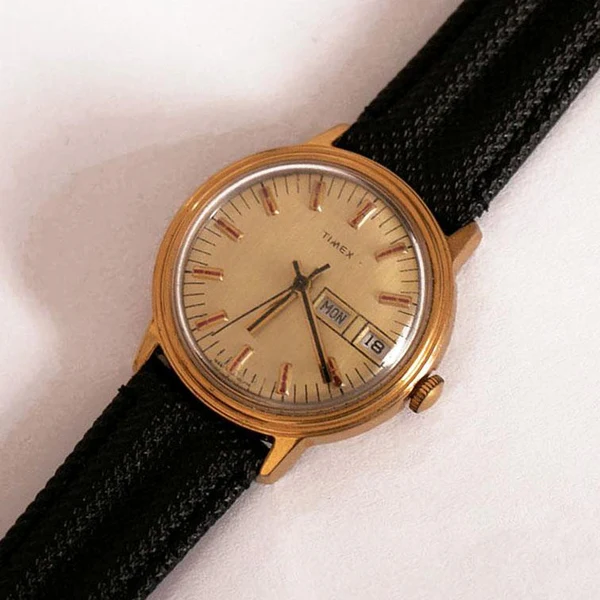
Pop Culture Boom:
- 1950s–1970s: Timex watches became household staples.
- They made some of the first mass-market electric watches and ventured into diver’s watches and digital models.
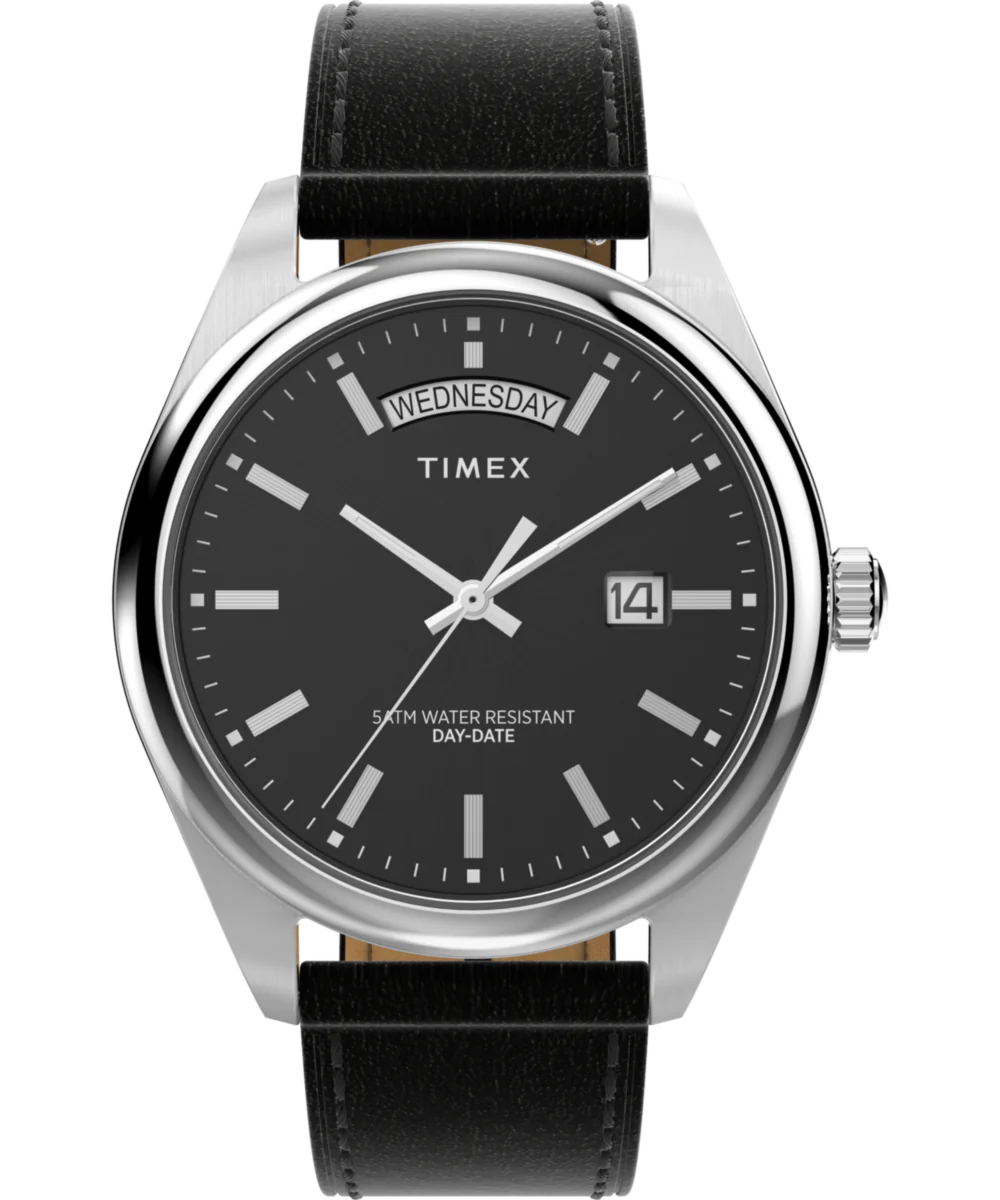
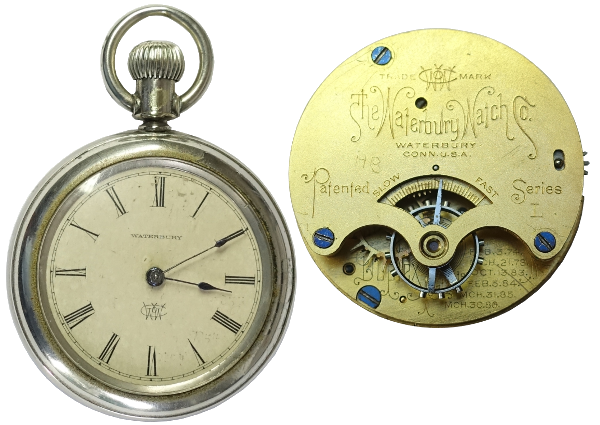
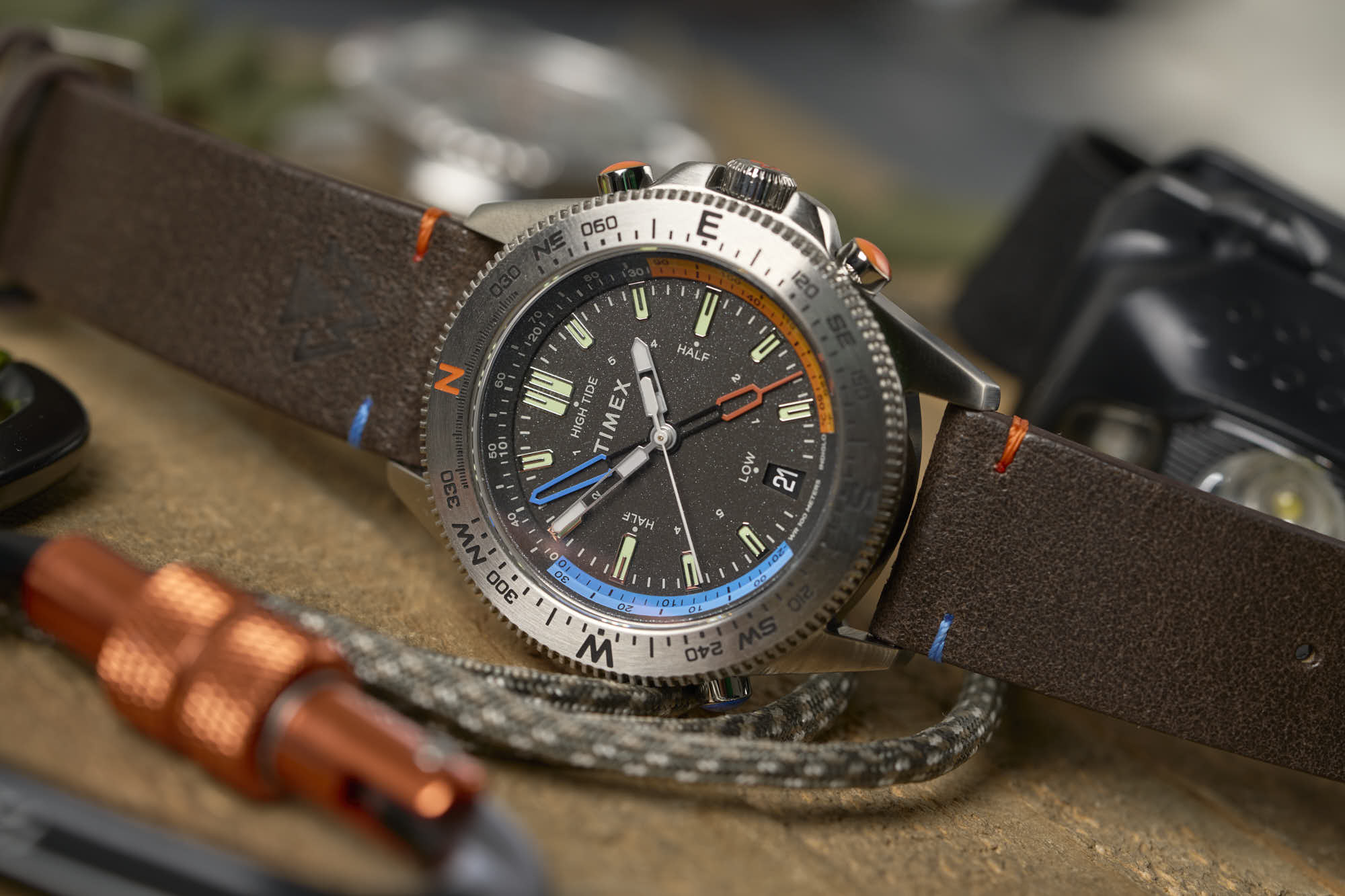
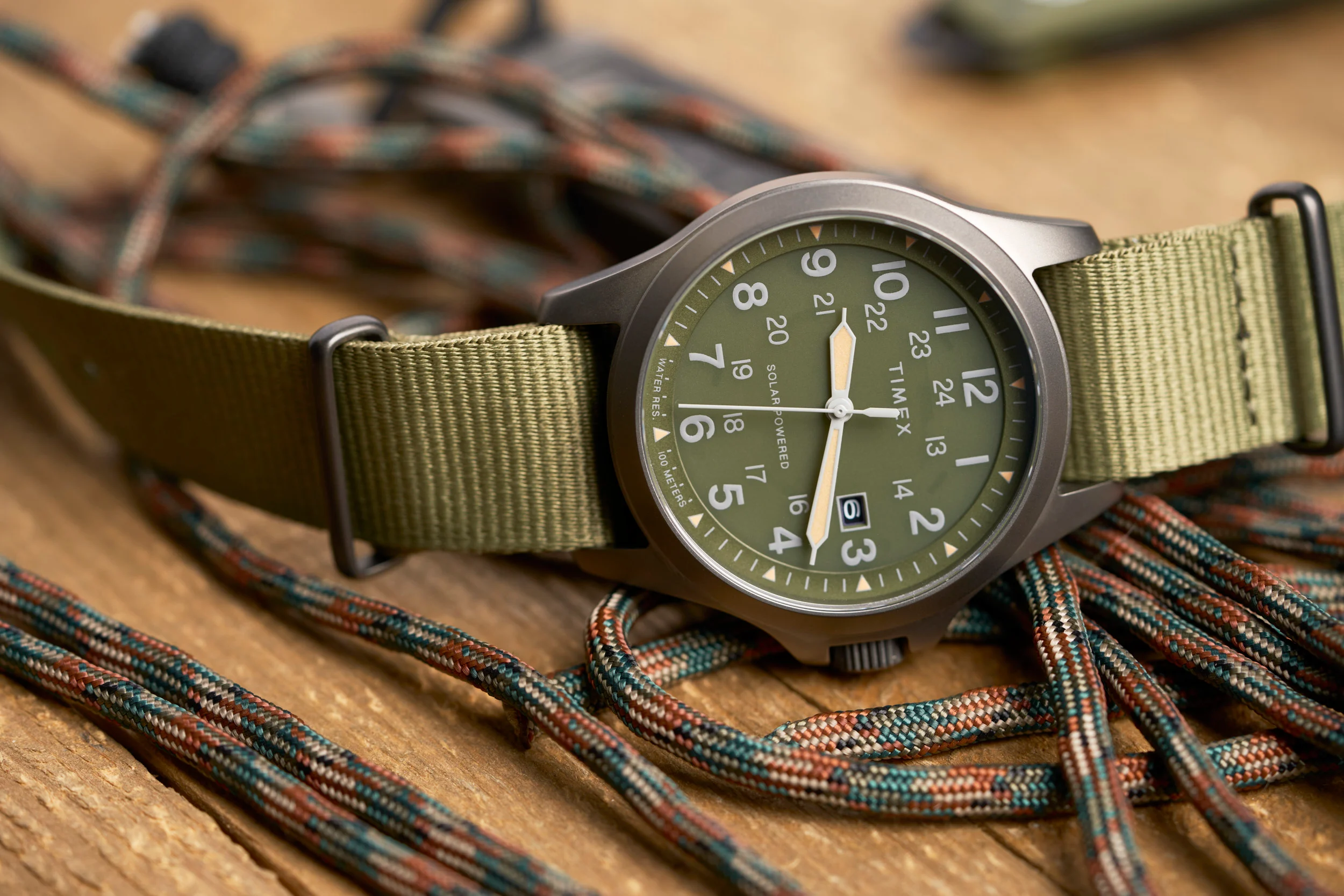
Innovation Era:
- 1980s–1990s: Timex launched the Ironman Triathlon watch in 1986 — it became one of the best-selling sports watches ever.
- The Indiglo night-light feature was introduced in 1992, lighting up the entire watch face — a major hit.
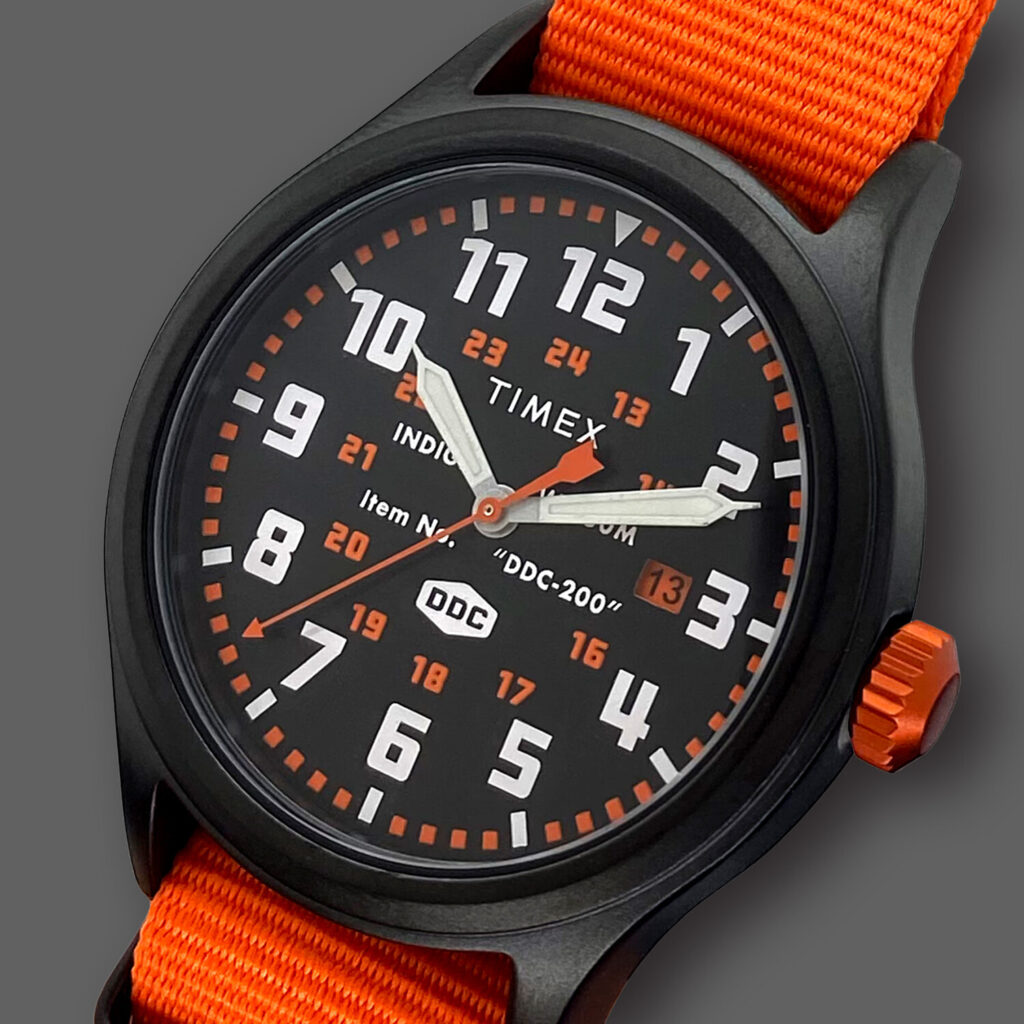
Modern Day:
- Today, Timex balances its legacy of affordability with vintage reissues (like the Marlin and Q Timex) and collaborations with fashion brands.
- They continue to be respected for tough, stylish, and accessible timepieces.
